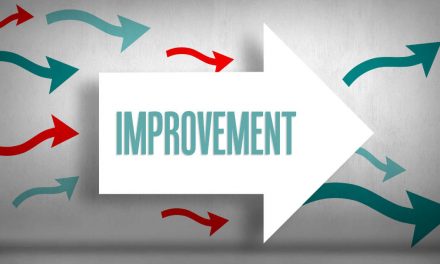By Jack Cumming
Over many years, I’ve tried to help the senior living industry find the path toward success. This was not an altruistic quest. My hope has been that the industry might see what is so obvious to me as a resident with a financial background.
Altruistic Leaders
In that attempt, I’ve tried to avoid offending people who have given their lives and careers to helping others navigate the difficulties that afflict many people as they age. Still, a wise friend pointed out to me that most senior living executives imagine that they are creating for others something that they would never want for themselves. Perhaps we’ve been too delicate in addressing this challenging paradox … and others.
Serving in senior living is a noble calling, and those who practice what Fee Stubblefield likes to call a “profession” deserve accolades for their commitment. Mr. Stubblefield, the author of a recent book, seeks to elevate senior living by substituting “profession” for “industry” to avoid the common business connotation that money is king, and people are secondary. People are the very fabric and purpose of senior living, and those who put money before people deserve to wallow in their own deceit and inhumanity.
Plain Speaking
Those who give their professional lives to senior living seek to provide a haven for those who are blessed to live into old age. At its best, the industry, or profession, if you like, undertakes to provide that haven for people of all socioeconomic circumstances.
Still, after noting all that is positive, an honest candor requires plain speaking. My wife tactfully brought this to my attention. “You have,” she said, “been so judicious in not wanting to offend that you have failed to be clear.”
Let’s be clear. Senior living does not need to continue the prevalent practice of taking the dignity of home ownership, the essence of the American dream, away from people. It’s disingenuous to persuade people to sell their homes, to pay capital gains taxes, only to provide risk capital for a communal home.
That taking, in the form of entrance fees, may be well-intentioned, in the name of presumed not-for-profit charity, but it is a taking, nonetheless. Moreover, if that taking is used to secure debt, it is more than a mere taking; it is deception … a risky investment masquerading as secure contractual consideration. It’s wrong to take ownership from people to vest it in an abstractly owned enterprise directed by others.
Ethics or Legalities
There now. I’ve said it. That naive regulators accept that contractual deception merely legalizes what is unethical. It’s a bit different for the for-profit providers. They don’t pretend to put the public good above personal aggrandizement, and they willingly risk their own capital in the process. I know of no one at a senior level in a not-for-profit who risks the kind of capital that residents are coaxed into risking as part of their so-called not-for-profit “advantage.”
A friend of mine who is a senior living industry leader said that he didn’t believe that “people over age 85 want to have ownership.” Perhaps he’s right, though I know of many octogenarians, nonagenarians, and even centenarians who continue to have ownership and who cling to it as a point of pride.
Even if that were true, it wouldn’t justify the deception of promoting a contract of lifetime security while taking large sums to be placed at risk without the clear knowledge of those thus deceived.
The Deep Secret
Perhaps the least known and most telling aspect of today’s proud not-for-profit senior living industry is that virtually all such corporations have either no members or only corporate members. Residents are nearly always excluded from membership. When people in the business (and it is a business, even the affordable segment) are told this, they often retort, “Oh, we have residents on our board.” Nominal board representation is not the same as voting resident membership.
It would not be difficult for the industry to rise to its ideals. It’s hard to fathom why the industry leaders resist doing so unless command control is so central to their identities that they are unwilling to relinquish it, even if doing so would be more effective. There are both tax-exempt and taxpaying cooperatives.
It Isn’t Difficult
Changing the bylaws of a nonprofit to make the residents the voting members is not difficult. Management can then continue as agent to manage the property on behalf of the residents. The difference would be that the corporation would be dedicated to the residents rather than to the executives and their board as is now commonly the case.
It’s even easier for for-profit enterprises. For them, the sale of the enterprise to the residents through a cooperative reorganization will provide capital that they can parlay into new enterprises in a cascade toward ever-widening resident empowerment with the dignity of home ownership.
That is exactly what happened in the case of Manhattan real estate during the 1970s and 1980s, thereby elevating the quality of life for many New Yorkers. A similar elevation can come particularly to the “independent living” model of CCRC communities, making CCRCs more attractive to a wider swath of the public.
It Can Be Done
If a cadre of providers would seize this opportunity and take steps to reverse the biggest drawback of senior housing, the fear of institutionalization, then the industry trade associations could help show the way toward a more American-dream-style industry for the future.
Click here for information about cooperatives. Click here for information about mutual benefit nonprofit corporations.










